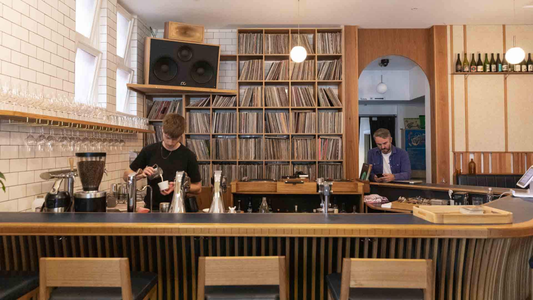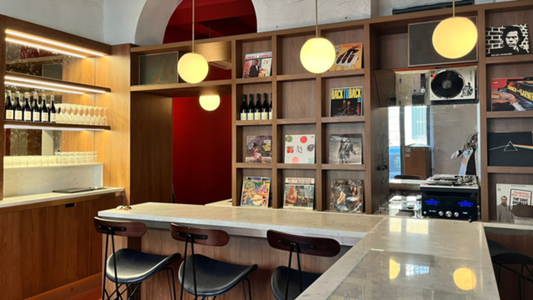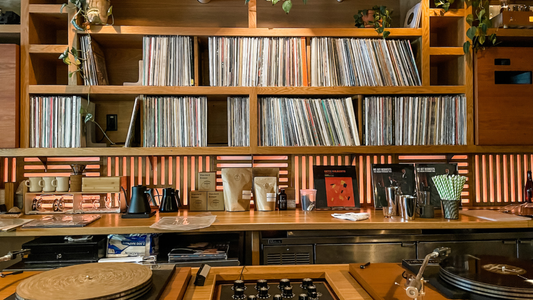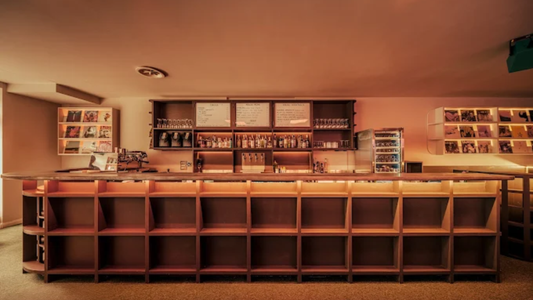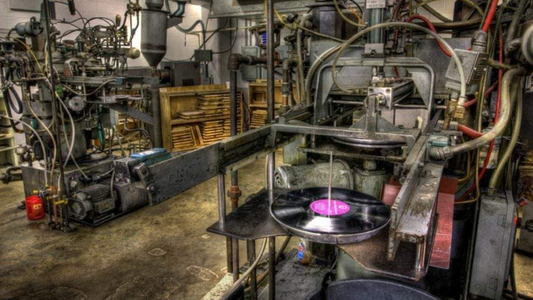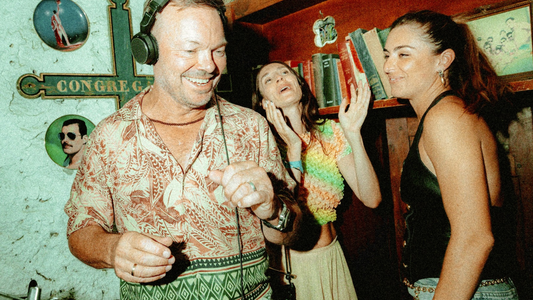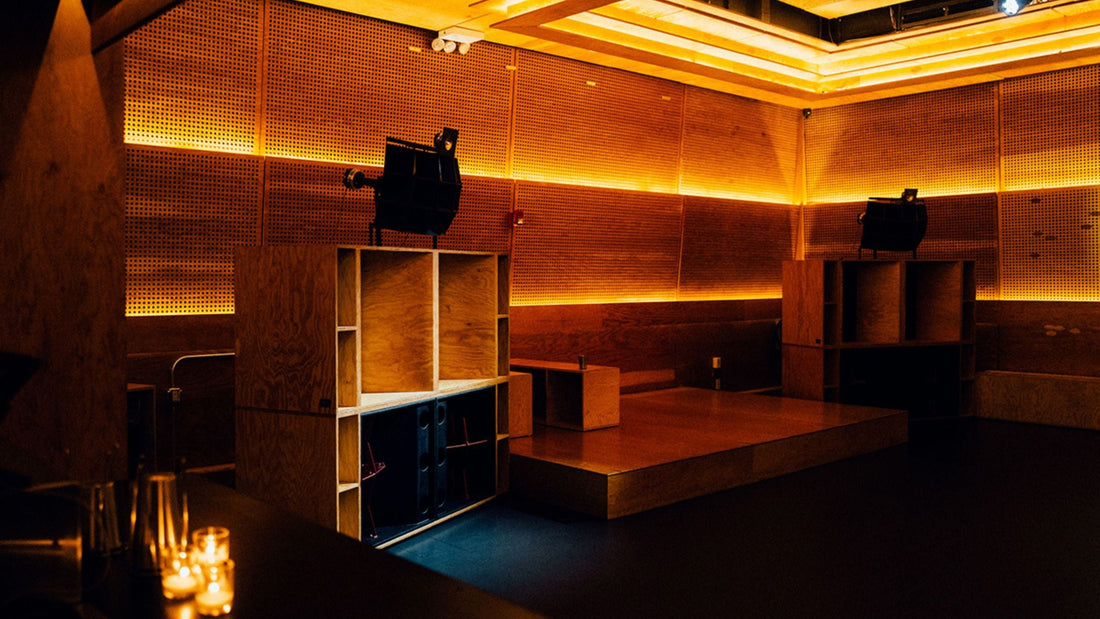
Brick, Breath, and Quad: Public Records’ Three‑Act Listening Drama
By Rafi Mercer
New Listing
Venue Name: Public Records
Address: 233 Butler Street, Brooklyn, NY 11217, United States
Website: publicrecords.nyc
Phone: Not publicly listed
I arrive early enough to see the building hold its breath. Old brick knows how to do that — how to look utilitarian by day and conspiratorial by night. You can read the structure’s past life in its posture: the former ASPCA building standing with a kind of moral economy, no flamboyance in the line. Public Records has not overwritten that history; it has tuned it. The first room you enter, Café Public, is a lens in daylight — alighting on zines, records, pastries, and a confident vegan menu that rejects the old falsehood that restraint is lesser. There is coffee steam and the shuffling of sleeves; there is the small thud of a record being tried in the hand. The volume doesn’t need intention yet. It rests.

You can, if you want, stay in the café and collect the day. I do for a while. There’s a procession of regulars who handle the vinyl with obvious affection, and a couple on the banquette with the look of people on their second city. The staff are the connectors — a recommendation here, a nod toward tonight’s bill there. It’s not frenetic. The entire building seems to practise a pre‑show stretch.
The Sound Room is where the thesis lands. Walking in, you feel the room before you hear it. The walls — a procession of perforated panels — don’t fight the sound; they silhouette it, ease it forward. The floor holds a low stage with the humility you want in a room built for listening. Anyone who’s ever tried to have a conversation in a poor club knows that acoustics either feed or choke the social life of a space. Here, the sonics act as host, not bouncer.
I take a seat deliberately off‑centre and test the room with the oldest measure I have: silence. There’s no flutter at the edges, no weird resonance in the corners, no strange bass holes waiting to humiliate a bassline. When the engineer walks the room before doors — the casual prowling of a person who knows the house — I can hear the subtle adjustments. Later, during the set, a trumpet will skate a line without spraying; a kick will hit as punctuation rather than threat. Public Records’ Sound Room feels like a textbook written as a poem.
Before that, I go upstairs. The lounge is the house’s second act: coppered light catching in glass, the feel of a conversation pit without the period cringe. You could stay here all night and treat it as a bar with an exquisite soundtrack, but that would be like reading liner notes and skipping the record. I order something crisp, dusted with herb, and eavesdrop on a pair of friends assembling a plan that contains both earnestness and mischief. Upstairs is where people articulate the outlines of their night.
Back down for the performance. The bill reads like an argument against algorithmic safety: a young band with the density and patience to let their material move air rather than social media. When they begin, I find the audience doing something rare in New York — staying put. Not rooted. Not anxious at the doors. Simply present. I use the word audience judiciously; too many rooms give you a crowd instead. A crowd consumes; an audience attends. The difference is civic. Halfway through the set, I look around and see the room’s design logic working: nobody leaning into someone’s ear to yell their life story; nobody filming the chorus; nobody pretending the space exists for anything except the exchange at hand.
If I step into Tracks & Tales’ star conversation here, it’s to say that whatever our final review decides, the Sound Room embodies the reasons we built a rubric in the first place. It respects context, programme, and people in equal measure. It disciplines volume in service of detail. It understands that architecture is an instrument. And it refuses to trade attention for spectacle.
After the applause unspools — applause is a frequency too, never forget — I thread up to the lounge. The night.
Rafi Mercer writes about the spaces where music matters. For more stories from the Tracks & Tales, subscribe, or click here to read more.
